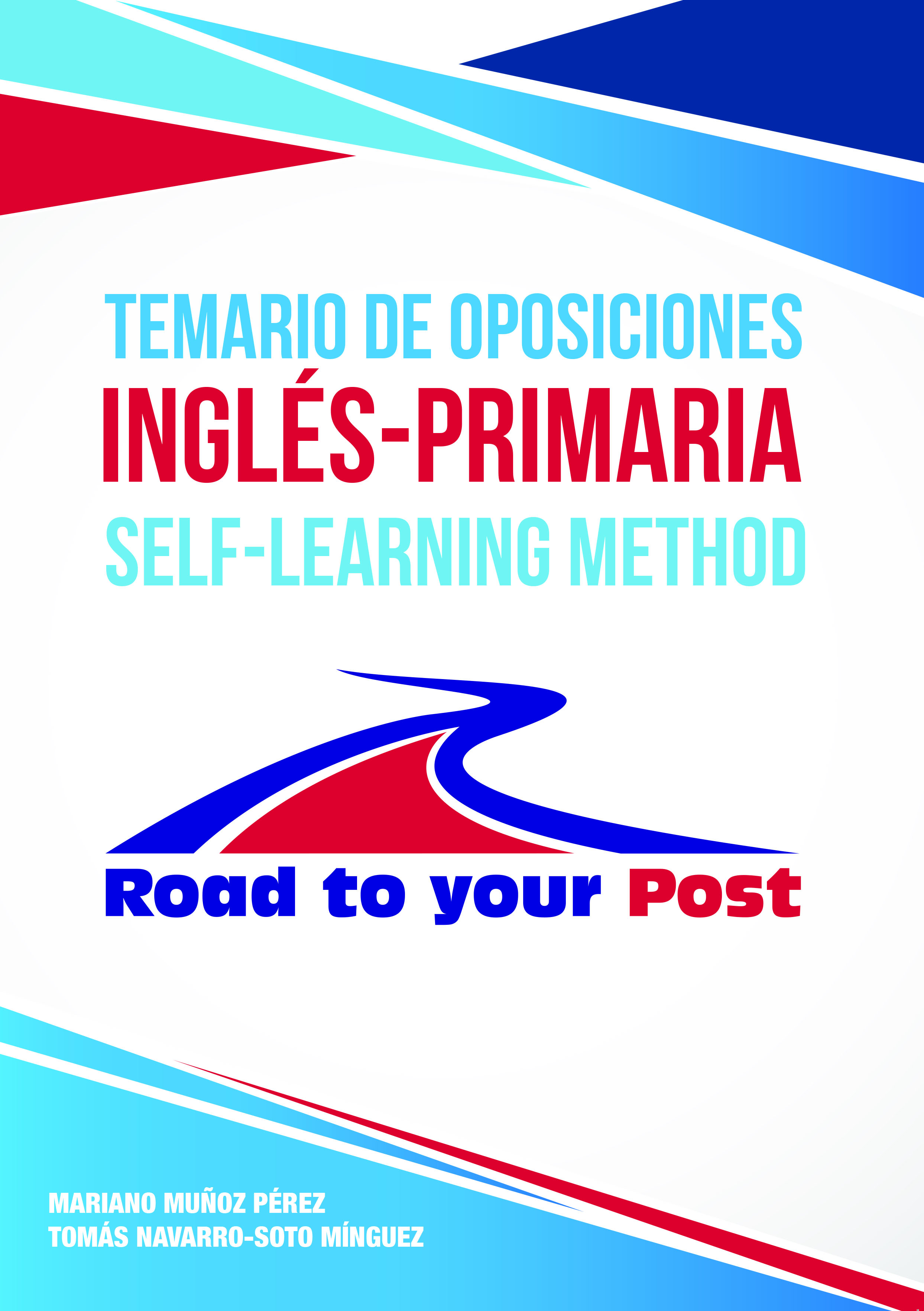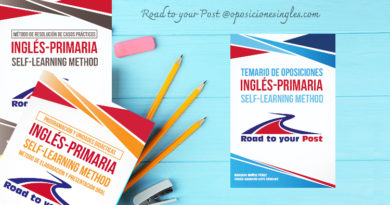The positive effects of songs in FL classroom
The positive effects of songs in FL classroom.
Barefoot Books (educative videos).
Port Side Pirates! By Oscar Seaworthy – illustrated by Debbie Harter.
Follow us: https://www.facebook.com/OposicionesInglesRP/
More about Road to your Post: oposicionesingles.com
There is a little doubt now that the developments in language teaching have moved us away, from the goal of accurate from toward a focus on fluency and communicative effectiveness. In this sense, today, language students are considered successful if they can communicate effectively in their second or foreign language. In this light, songs and music enable students to acquire the FL in an engaging way and learn by doing through play and enjoyment.
Thus, one of the ways of raising student`s motivation and improving teaching effectiveness is the use of songs.
Text extracted from: Temario de oposiciones Inglés-Primaria. Self-learning method.

| Topic 17. The song as a poetic vehicle and as literary creation in the english class. Typology of songs. Techniques to use songs for phonetic, lexical and cultural aspects. |
1.- Introduction
Main aim in FLT: Communicative competence. This requires appropriate materials and resources. Songs and music are ideal strategies to motivate students, present language or create a context. There are plenty of benefits in the use of songs for FLT, as we shall see along this paper.
2.- The song as a poetic vehicle and as literary creation in the English Class.
Songs are ideal resources to present authentic and fun input. Its use is in line with the Theory of Multiple Intelligences.
Benefits in using songs: Linguistic (present or recycle lexis, enjoyable repetition, work on pronunciation); psychological (motivating power, non-threatening environment); cognitive (improve concentration, predict what comes next, reinforce meaning); socio-cultural (develop knowledge of English-speaking countries).
- Poetic function of the language (meaning in a song…example).
- Selection criteria: age, linguistic difficulty (ZPD).
- Staging: Pre-while and post (explanation and example).
- Examples of strategies (predicting, inferring meaning from the context).
3.- Typology of songs
- Action songs and rhymes. Effective for Infant and Primary. Normally associate language and action (TPR). Rhymes are usually performed with fingers or hands, especially useful to work on sounds and prosodic features.
- Nursery Rhymes. Poetry for children, not specifically for teaching purposes.
- Limericks and Riddles. Popular poetry, usually with a humorous element that may include archaic language. Riddles include solving a problem.
- Traditional and Pop songs. Use of pop songs can be highly motivating, although they have not been designed for FLT and thus, language level may be too high.
Examples.
4.- Techniques to use songs for phonetic, lexical and cultural learning
- Phonetic aspects of rhythm, stress and intonation in the four content blocks. Goal of teaching pronunciation (Goodwing: understand and be understood, build their confidence, to monitor their speech based on input from the environment); intelligibility (Harmer).
- Lexical competence: Nation, knowing a word implies knowing the form, meaning and how to use it). Steps (convey meaning, check for comprehension, consolidation. Examples)
- Cultural learning. Socio-cultural aspects in legal framework (content blocks). Songs are ideal resources to present and practise cultural learning. Practical examples depicting cultural content or treatment.
5.- Conclusion
Songs as valuable resources to provide real input. Motivating power. Need to integrate them in the curriculum to develop the learners´ communicative competence.

- Introduction
The main goal to be attained in the teaching of a foreign language in Primary Education is the development of a certain degree of communicative competence (reference to regional Decree). This term refers to enabling the learner to communicate through oral and written means, using the foreign language in real and meaningful contexts. Considering the language as an instrument of communication implies using it to express and exchange meanings in contextualised situations, getting the students to apply different strategies to get their meaning across; instead of learning an abstract set of grammatical rules.
The development of our learners´ communicative competence entails the use of appropriate materials and resources to provide them with varied learning contexts in which the FL is used meaningfully and with a purpose. Besides, if we want that FL learners take the risk to engage in active receptive skills (i.e. making guesses, inferring the meaning of words, etc) and productive ones (i.e. making questions, writing a song, etc); it is essential to create a non-threatening learning environment, so that students do not feel deterred towards active participation in the FL class, nor even towards committing errors, as they also give evidence of learning.
In this sense, the use of songs and music in the FL area is one of the best ways to motivate learners and develop a taste for English. As we shall see in this topic, songs provide authentic and contextualised input and can be used to cover all language skills. Moreover, it is commonly acknowledged that songs have an intrinsic engaging power that facilitates catching out learners´ attention.
There are many benefits in the use of songs to present new language, review and create meaningful contexts for FLL. In this topic, we shall reflect on the role of songs in the FL class and the advantages that music can bring to it. We shall also analyse the different types of songs and some techniques that can be used to develop phonological, lexical and cultural aspects. The reasons to use songs in FL teaching are varied, but perhaps the most determining one is the fact that songs are a part of every culture and human beings enjoy music along their lives. Therefore, through the use of songs in FLT we may take advantage of their engaging and motivating power.




